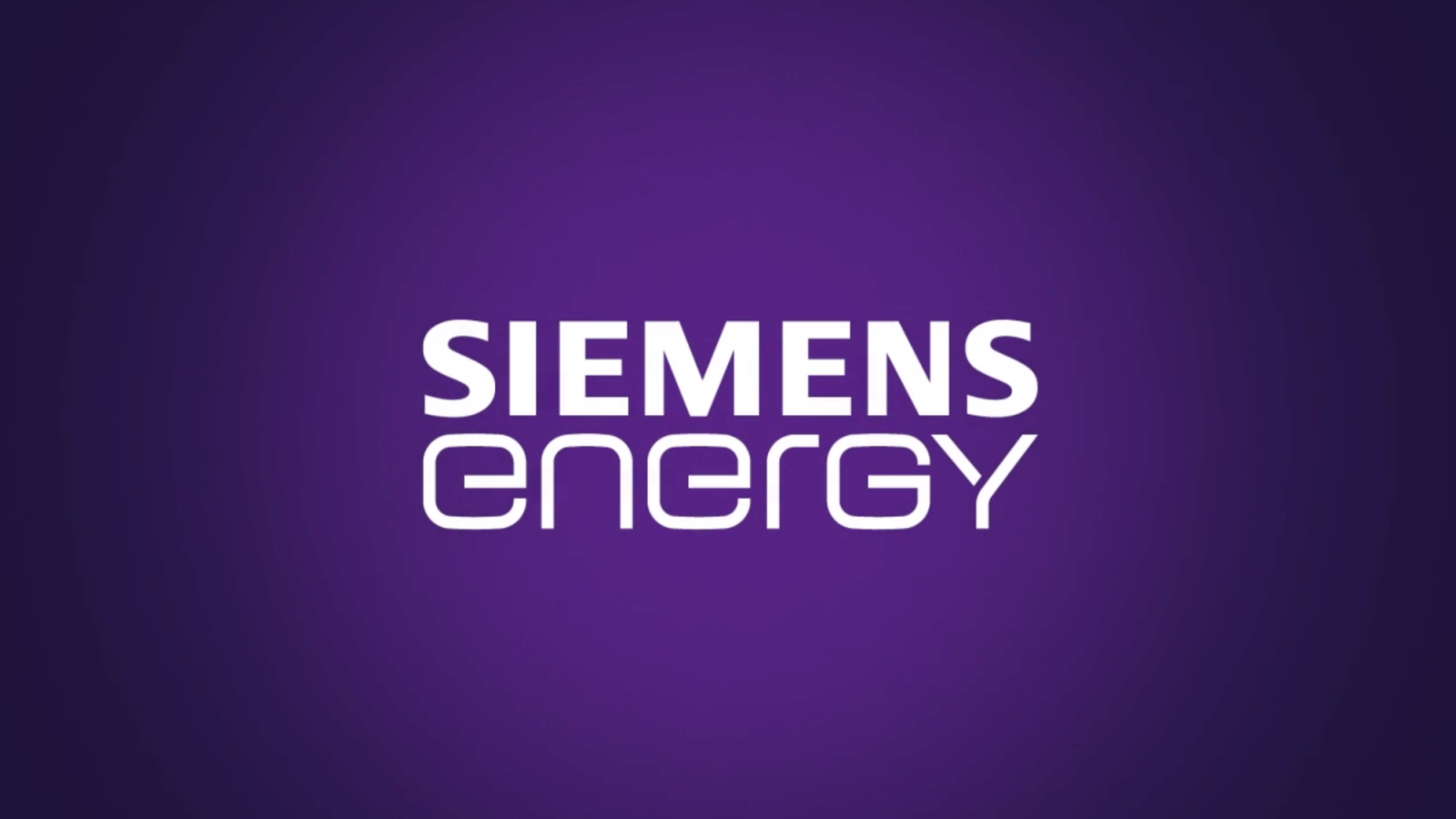
The ECGI blog is kindly supported by

Taxes blown in the wind? The Siemens Gamesa bailout
In this post, we discuss the recent €7.5 billion bailout of the wind energy firm Siemens Gamesa by the German government. We argue that Siemens Gamesa should not have been bailed out, and certainly not on the specific terms of this rescue.
Transition to a Net-Zero Economy and Siemens Gamesa
Governments worldwide are encouraging investment in the transition to a net-zero global economy. Onshore and offshore wind energy is a key part of this policy agenda. An important player in the industry is the Spanish firm Siemens Gamesa Renewable Energy, S.A.U. (“Siemens Gamesa”). Siemens Gamesa is a global provider of wind power products and service solutions. It is a wholly-owned subsidiary of the German firm Siemens Energy AG (“Siemens Energy”). Siemens Energy’s main shareholder (25.1%) is Siemens AG (“Siemens”), a highly profitable German industrial giant.
But Siemens Gamesa is in trouble—and so is Siemens Energy. The market for wind turbines is competitive. Manufacturers must guarantee performance for decades, and Siemens Gamesa has struggled with severe quality problems, particularly with its onshore wind turbines. The CEO of Siemens Gamesa, Mr Jochen Eickholt, was quoted in the press as saying that “[w]e sold turbines too quickly [that] had not been sufficiently tested”. The situation escalated with the release of Siemens Energy’s Q3 results for the 2023 fiscal year in August 2023. Siemens Energy warned of a loss for the fiscal year of €4.6 billion—of which €4.4 billion were attributed to Siemens Gamesa.
Then the company ran into difficulties obtaining the financial guarantees it needed to offer its wind turbine customers. Banks hesitated, signalling that without state support they might not be willing to extend such guarantees in the future.
The Siemens Gamesa Bailout
After protracted negotiations, the German government agreed to rescue Siemens Gamesa in November 2023. The core element of the German bailout is a guarantee from the Federal Republic of Germany (“FRG”) worth €7.5 billion, backstopping an €11 billion line of performance guarantees from a banking consortium. Siemens Gamesa is currently in similar discussions with the Spanish central government about backstopping performance guarantees from private lenders worth €3 billion.
The FRG conditioned its bailout on the support by other stakeholders. But Siemens contributes little (if at all) to the bailout. Siemens Energy’s shareholders (including Siemens) do not provide Siemens Gamesa with additional capital. They are also not looking for M&A alternatives or the sale of some parts of the business. No director or senior manager appears to have been dismissed or suffered any other negative consequences, apart from restrictions on the payment of bonuses while state guarantees are outstanding.
Siemens is injecting 2.1 billion euros in cash into Siemens Energy by agreeing to acquire an 18% stake in Siemens Ltd (“SL”) from Siemens Energy. SL is an Indian joint venture between Siemens and Siemens Energy, listed on the National Stock Exchange of India (“NSE”). The purchase price paid by Siemens (€2.1 billion) reflects a non-trivial discount of 15% on the NSE share price. It is therefore unclear whether this transaction makes a meaningful contribution to improving Siemens Energy’s financial position. It could actually do the exact opposite.
Siemens is also supporting Siemens Energy by reportedly agreeing to a reduction in the fees it receives from Siemens Energy for using the Siemens brand, and it secures the position of banks providing another €1 billion guarantee line with a first loss tranche. Siemens Energy commits to a cost-cutting/restructuring plan to return the company to profitability within the next 3 years. The plan is intended to reduce costs by €400 million. However, there is no clear schedule for how this could be achieved.
In addition to these “contributions”, the government guarantees appear to stipulate that Siemens Energy may not pay dividends to its shareholders during the term of these guarantees.
The Limits of Bankruptcy
The assessment of the Siemens Gamesa bailout requires an assessment of the limits of bankruptcy restructuring. Bankruptcy is not always the best response to financial distress. Sometimes this is due to the structural limitations of a bankruptcy restructuring. It rearranges the financial claims against a distressed firm. This is appropriate if the firm has an unsustainable financial structure. But consider the millions of firms worldwide affected by pandemic lockdowns or the energy crisis following the war in Ukraine. These firms suffer(ed) temporary revenue losses (pandemic lockdowns) or cost increases (energy crisis). Recapitalization is not necessary. What is needed is a limited cash injection.
Another reason why bankruptcy restructuring is not always the best response to financial distress relates to the type of firm that is in difficulty. Bankruptcy proceedings concern the interests of a limited group of parties, namely those who have a financial claim on the firm’s assets. Decisions about the future of the company are made with the aim of maximizing the pie available for distribution to these claimants (“microeconomic efficiency”).
But sometimes the closure or restructuring of a company has a significant negative or positive effect on third parties or even on the entire economy (“macroeconomic efficiency”). These effects are external to the bankruptcy process in the sense that they are not decisive for the restructuring/liquidation decision in the proceedings. One can speak of bankruptcy-externalities. Examples would be regional or even national employment effects, geostrategic effects and implications or environmental effects.
If a firm’s liquidation or restructuring is likely to result in significant bankruptcy-externalities, the firm may be designated as “critical” to a particular nation state. Non-bankruptcy proceedings may be justified to resolve the financial distress of a critical firm. An ad hoc bailout of the firm by the state is one such process. Current examples include the bailout of Lufthansa in the context of the pandemic or the bailout of Uniper following the energy crisis.
The Economic Viability of Siemens Gamesa
Against this background, can the Siemens Gamesa bailout be justified in principle? We do not think so. First, Siemens Gamesa likely is not an economically viable company, even if one accepts that the relevant baseline is that of a heavily-subsidised industry. The quality issues with their flagship X.5 and X.4 turbines are the company’s responsibility. They are said to affect at least 2,900 of the approximately 65,000 models. These figures suggest that there are systemic/critical problems with the products, operations and potentially even business model of Siemens Gamesa, raising serious doubts about the (economic) viability of the company.
After all, once Siemens Gamesa’s problems became public, the company could not obtain the guarantees that its business required, even though it appeared to have an adequate financial position. Government intervention seemed to be the only “solution” to the problem. At the same time, the (financial) markets in which the company operates are functioning properly in the sense that they are not currently experiencing exceptional turbulence. If Siemens Gamesa had a sound business model, its shareholder or other private parties could be expected to support its operations with the necessary capital and assurances, lending against its anticipated revenue stream. The fact that no one was willing to do so suggests that Siemens Gamesa should be liquidated rather than rescued.
Bankruptcy-Externalities and Siemens Gamesa
But let’s assume that Siemens Gamesa was an economically viable firm. This would not suffice to justify a government bailout. As discussed, financially distressed firms can also be restructured in a bankruptcy proceeding. For a bailout to be justified, the state must be able to capture significant bankruptcy-externalities as a “return” on the investment it makes with the bailout.
In the present case, we must consider two potential bankruptcy-externalities. The first is the number of jobs that would potentially be lost if Siemens Gamesa were put into a bankruptcy proceeding. Siemens Gamesa employs approximately 25,000 workers, 5,000 of which are based in Spain, mainly in the northern regions of Navarre and the Basque Country.
Unnecessary layoffs should be avoided, particularly on a scale that could create additional problems by straining a dysfunctional labour market or an underfunded social security system that must provide unemployment benefits and continue operating with reduced tax revenues.
However, we do not believe that this is a likely scenario in the case of Siemens Gamesa, even if the company were to be liquidated. Even in this worst-case scenario, it seems plausible that the labour market could redistribute at least many of its employees: they work in an emerging industry. A more likely scenario is that competitors of Siemens Gamesa take over some of the facilities and associated employees. The opportunity to increase production capacity at a bargain price and with skilled employees should prove interesting enough for at least one of these competitors. The wind turbine manufacturing sector is suffering from a shortage of skilled workers in Europe, and the sector is expected to continue to grow rapidly.
The second potential bankruptcy-externality worth considering are strategic policy considerations. The German government has emphasized that it sees Siemens Energy as a crucial part of its plans for a green energy transition. Bailing out Siemens Gamesa could also be helpful in achieving the energy sovereignty goals set after the start of the war in Ukraine.
However, there is nothing critical about Siemens Gamesa’s technology or manufacturing processes. Many other companies make wind turbines used by the same customers. Quite a few of them do so at lower cost and with better quality. If Siemens Gamesa were liquidated, we would expect that some of its competitors would take the opportunity to acquire some or all of Siemens Gamesa’s factories (and skilled workers) at a discounted price.
Is there a geostrategic advantage in keeping Siemens Gamesa running as a national champion? The benefits for the German economy and security are unclear. In contrast, the negative efficiency effects are significant: a company that is probably not viable continues to operate with government support and distorts market processes and competition. Add to this assessment the increased risk of moral hazard that results from bailing out companies without compelling arguments, and the answer to the question is clearly “no”.
The Terms of the Bailout
However, let us assume, arguendo, that Siemens Gamesa is economically viable and that there are significant “macroeconomic externalities” that would make the firm a candidate for a bailout. In this scenario, too, the question remains as to how the bailout should be structured so that such an intervention in the economy with taxpayers’ money is appropriate.
Bankruptcy is a highly regulated process. Ad hoc bailouts are much less regulated. Some hard constraints are in place, reflected, for example, in applicable state aid and antitrust laws. But the accountability for bailouts is currently primarily political, not legal. This stark discrepancy in regulatory density should be reduced. In prior work, we have developed a set of principles that should govern ad hoc bailouts of critical firms: efficiency, proportionality, equity and transparency. Adherence to these principles is critical to ensuring that a bailout represents a legitimate use of taxpayer money.
The Siemens Gamesa bailout is inadequate on all four points. As discussed, Siemens Gamesa likely is not an economically viable firm. Even if it were, it is not a critical firm in the sense that there were significant bankruptcy-externalities that would justify the use of public money for a bailout.
Proportionality was maintained—but only to a very limited extent. Since the bailout is designed as a backstop guarantee, the funds may never be needed. However, these are real commitments for which public resources must be allocated and earmarked over a very long period of time. The terms of the guarantees, in particular their remuneration, enforcement and security, will be crucial to understand whether the bailout is proportionate. It appears that the state does not share in the (potential) future profits of a company that could not continue to operate without its support—but it should.
The bailout is neither fair nor equitable. It is worrying that Siemens Energy’s shareholders have little involvement in the rescue operation, but benefit significantly from the use of government resources to protect their company. It is also worrying that a lack of responsibility has been shown by the managers and directors whose decisions and (lack of) oversight led to the material manufacturing and quality problems that have brought Siemens Gamesa to its current predicament.
It is even more concerning that Siemens Energy shareholders may view government support as a “cheap” resource that can be used instead of their own funds—at no significant cost to them. This potentially creates problematic incentives for investors, directors and managers in other companies and industries. Moral hazard, after all, is one of the main complications of any form of government intervention, including bailouts.
Equity also requires that other parties be not unduly disadvantaged unless this is necessary and they can be adequately compensated. Compared to its other EU competitors, there is nothing unique about Siemens Gamesa that would justify a special treatment. If its competitors complain that they have been prejudiced because they compete in the same market, under the same pressures, but without the support of their governments, the solution cannot simply be to write additional checks until we run out of resources.
Finally, as regards transparency, it is well known in the market that Siemens Energy is benefiting from the rescue and is not providing fresh money. It is also well known that the bailout is carried out through guarantees that do not involve any immediate costs. But what are the terms of these guarantees, how will the government benefit from them, and how exactly has it protected its position? These are key elements about which very little is known. The bailout would not be legitimate if the implementation of the package and its subsequent political and/or judicial control was not easily understandable to the general public.
Conclusion and Implications
Overall, we come to a sobering conclusion: Siemens Gamesa should not have been bailed out, and certainly not on the specific terms of this rescue. Siemens Gamesa likely is not an economically viable firm. Even if it were, it is not a critical firm in the sense that a bankruptcy process would trigger significant negative macroeconomic or geostrategic externalities. And even if a bailout were justified (which it is not), it should not occur without a major contribution from Siemens and the other shareholders of Siemens Energy.
The readiness with which the German government was willing to bail out Siemens Gamesa does not bode well for a possible future scenario in which one of Germany’s leading automobile manufacturers experiences a significant downturn or even financial difficulties because its electric vehicles are of lower quality or more expensive than those of its American or Chinese competitors. The subsidies in the Siemens Gamesa case are small change compared to what might be necessary to save the German automotive industry.
-----------------------
This post is based on a recent paper which will be published in the “Zeitschrift für Wirtschaftsrecht” (ZIP).
By Horst Eidenmüller, Statutory Professor for Commercial Law at the University of Oxford and Research Associate at the European Corporate Governance Institute (ECGI) and Javier Paz Valbuena is DPhil in Law candidate at the University of Oxford.
The ECGI does not, consistent with its constitutional purpose, have a view or opinion. If you wish to respond to this article, you can submit a blog article or 'letter to the editor' by clicking here.





